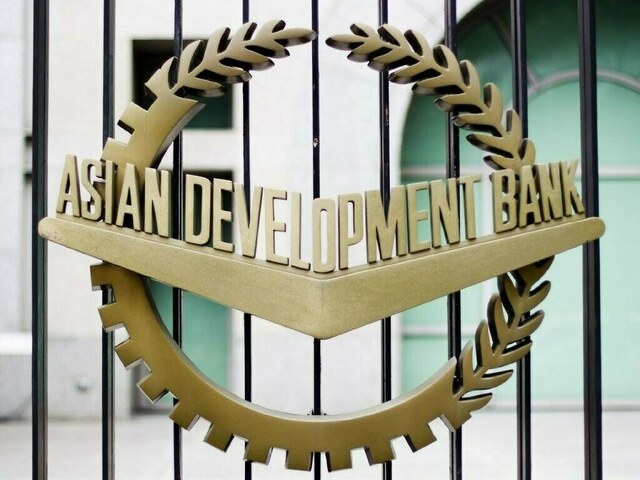
ISLAMABAD: Macroeconomic variables, including economic activity, inflation, equity markets and interest rates — both in Pakistan and migrants’ host countries — play a significant role in remittances growth in Pakistan, and their contributions vary over time, says the Asian Development Bank (ADB).
The bank in its latest report, “Understanding the drivers of remittances to Pakistan”, stated that remittances have played an important role in Pakistan’s development process since the 1990s. These financial flows have also become crucial for macroeconomic dynamics in the country for three reasons.
The first is their relative size. Following continued growth in the 2000s, remittances account for about 10 per cent of Pakistan’s gross domestic product (GDP), considerably higher than that for South Asia as a whole.
Macroeconomic conditions: ADB team briefed about improvement
The second is their relative stability. Remittances to Pakistan proved resilient to the impact of the Global Financial Crisis (GFC) of 2007–2008 and soared during the coronavirus disease (COVID-19) pandemic. In 2021, Pakistan received $31.1 billion in remittances from overseas, a 19.8 per cent increase from the previous year.
The third is that remittances have grown so large, which roughly equals the value of net imports of goods and services. As such, they have nontrivial effects on the balance of payments and macroeconomic stability, the Bank added.
Results show that domestic inflation has a persistent positive impact on remittances, albeit not always statistically significant.
That is, an increase in inflation in Pakistan translates into higher remittances.
This result is also found in other studies and indicates that, in line with the altruistic motive to remit, migrants send more money back home when domestic inflation is accelerating and eroding households’ real incomes.
The evidence gathered also indicates that a higher domestic interest rate initially results in lower remittances, but the effect turns positive and significant in the subsequent months.
This is broadly consistent with several other studies that found that migrants remit more when interest rates back home are high.
This suggests that migrants could be remitting money to take advantage of (relatively) improved investment opportunities in the form of higher interest rates back home, but they do so with some delay. In contrast, interest rates abroad do not exert a statistically significant impact through the 24-month period.
Taken at face value, increasing interest rates in Pakistan compensate for typically higher risk premia, thus attracting more remittances for the opportunistic motive. The exchange rate is also broadly insignificant throughout the 24-month period considered—except briefly 6 months after the shock, when a depreciation is associated with more remittances.
In 2023, Pakistan faced severe balance-of-payments challenges, as it struggled to meet external debt payments as foreign exchange reserves plummeted.
Remittances played a considerable role in this crisis, declining by 15 per cent in January to October compared to the same period the previous year.
Evidences reinforce the view that, by eroding household incomes, accelerating inflation in Pakistan prompts migrants to send more money back home. This is a not immediately intuitive but also relevant result—in that it highlights another trigger for the role of shock-absorber that remittances have historically played in Pakistan.
The signs of the country-specific estimates are also consistent with the aggregate model results for domestic equities (negative) and the oil price (positive), although the relation is not always statistically significant.
Copyright Business Recorder, 2024